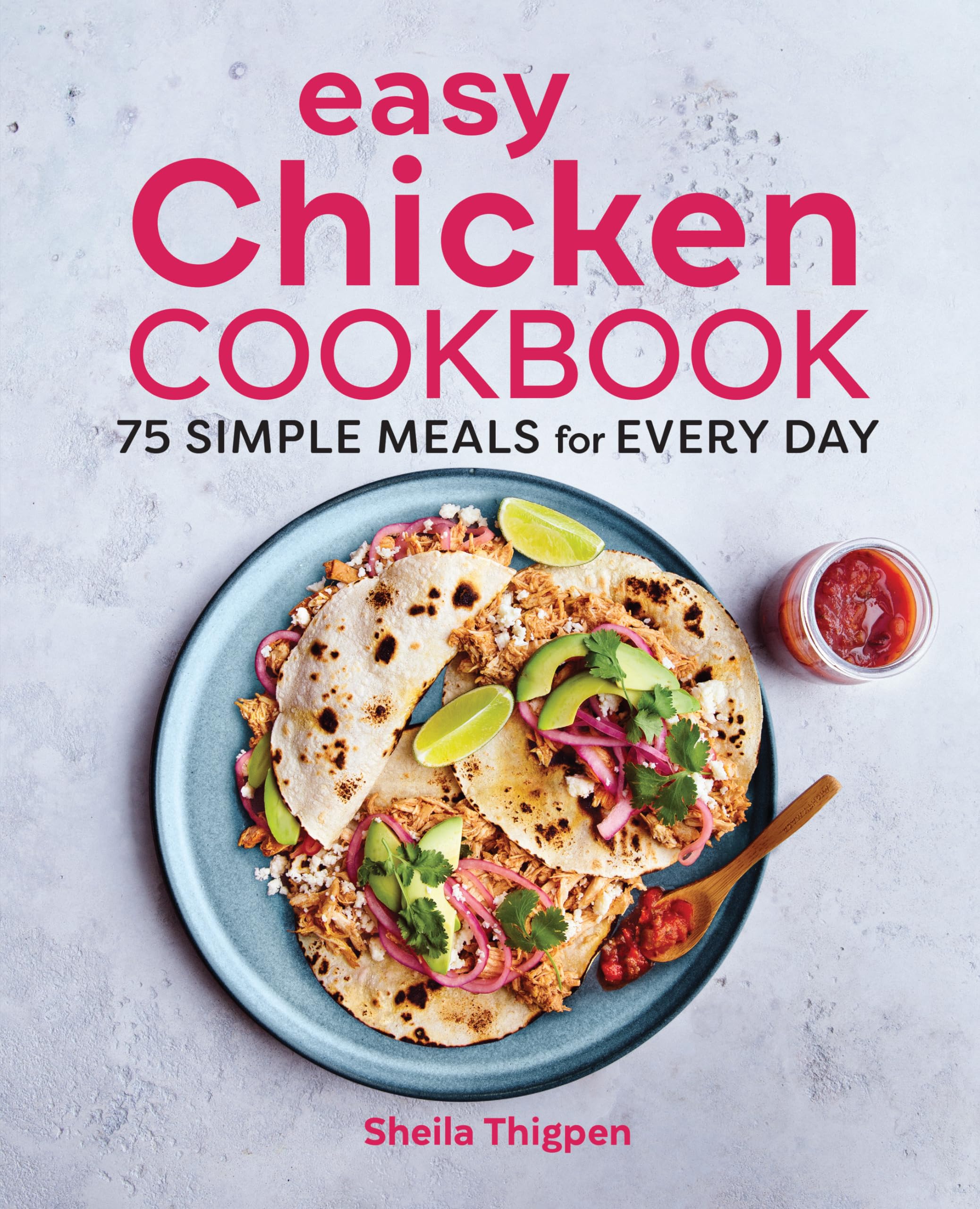
Ah, chicken lo mein—a dish that feels like a warm hug from your favorite cozy sweater on a chilly day. I remember my first time attempting this recipe, a chaotic dance in the kitchen where soy sauce became my partner and noodles twirled in the air like ribbons. It’s quick, it’s easy, and the flavors? Well, they might just transport you to a bustling street market, where the aroma of sizzling woks fills the air and every bite is an adventure.
Cookbook Inspiration
Gather these essential tools to prepare a quick and delicious chicken lo mein perfect for any occasion.
Steps
- Determine whether your lo mein noodles are raw or pre-cooked. If they are raw, boil them until al dente and drain. If pre-cooked, rinse them briefly in hot water to separate.
- In a medium bowl, mix the chicken with cornstarch, water, oil, and oyster sauce. Use boneless, skinless chicken thighs or breast as preferred.
- Prepare the sauce by dissolving salt and sugar in hot water. Add light soy sauce, dark soy sauce, sesame oil, and white pepper, mixing well.
- Heat 2 tablespoons of oil in a wok over high heat and brown the chicken for a few minutes. Remove and set aside.
- Add another 2 tablespoons of oil to the wok, add garlic, and after 10 seconds, toss in cabbage and carrots. Stir-fry for a minute and drizzle wine around the wok’s perimeter.
- Return the noodles and chicken to the wok. Pour the sauce over the noodles and mix thoroughly for about 30 seconds.
- Lower the heat to medium, cover the wok for one minute, then uncover and stir-fry. If noodles appear dry, add 1/4 cup of water or stock and stir-fry until noodles are loose and heated.
- Add bean sprouts and scallions, stir-fry for another minute, and serve your homemade Chicken Lo Mein.

Ingredients
- Boneless skinless chicken thighs or breasts
- Cornstarch
- Water
- Cooking oil
- Oyster sauce
- Hot water
- Salt
- Sugar
- Light soy sauce
- Dark soy sauce
- Sesame oil
- White pepper
- Lo mein noodles (either raw or pre-cooked)
- Garlic
- Cabbage
- Carrots
- Shaoxing wine (or dry sherry)
- Bean sprouts
- Scallions
- Red bell pepper
- Mushrooms
- Snow peas
Nutritional Values
Calories: 1836kcal | Carbohydrates: 252g | Protein: 78g | Fat: 30g | Saturated Fat: 6g | Cholesterol: 348mg | Sodium: 3012mg | Potassium: 2058mg | Fiber: 18g | Sugar: 24g | Vitamin A: 21060IU | Vitamin C: 142.8mg | Calcium: 270mg | Iron: 9.6mg
FAQ
- What type of noodles should I use for Chicken Lo Mein?
- You can use either uncooked or pre-cooked lo mein noodles. Both are egg noodles and may also be labeled as “Hokkien Noodles.” Uncooked noodles need to be boiled before stir-frying, while pre-cooked noodles can go straight into the wok after a quick rinse in hot water.
- What vegetables work best in Chicken Lo Mein?
- The preferred vegetables include carrots, cabbage, bean sprouts, and scallions, as they provide a great mix of textures and flavors. You can also add other veggies like red bell pepper, mushrooms, and snow peas if you prefer.
- How do I prepare the chicken for lo mein?
- Mix the chicken with cornstarch, water, oil, and oyster sauce in a bowl. Boneless skinless chicken thighs are preferred for this recipe, but boneless skinless chicken breast can also be used.
- What gives the noodles their deep color in this recipe?
- The deep color of the noodles comes from using dark soy sauce. It’s a key ingredient that you can find in any Chinese grocery store.
- Is there a difference between lo mein and chow mein?
- Yes, lo mein generally refers to softer noodles, whereas chow mein means “stir-fried noodles” and often refers to crispier, pan-fried noodles. In the U.S., the terms are sometimes used interchangeably, leading to confusion.
Tips
- When selecting noodles for your Chicken Lo Mein, consider using pre-cooked lo mein noodles for convenience, as they only require a quick rinse in hot water to separate them before adding to the dish.
- To achieve the rich color typical of restaurant-style lo mein, incorporate dark soy sauce into your sauce mixture, which is readily available at Chinese grocery stores.
- If you opt for uncooked lo mein noodles, ensure they are boiled to an al dente texture, followed by a quick rinse in warm water to prevent clumping before stir-frying.
- Customize the vegetable mix in your lo mein by adding fresh options like red bell peppers, mushrooms, or snow peas for added flavor and texture.
Equipment




